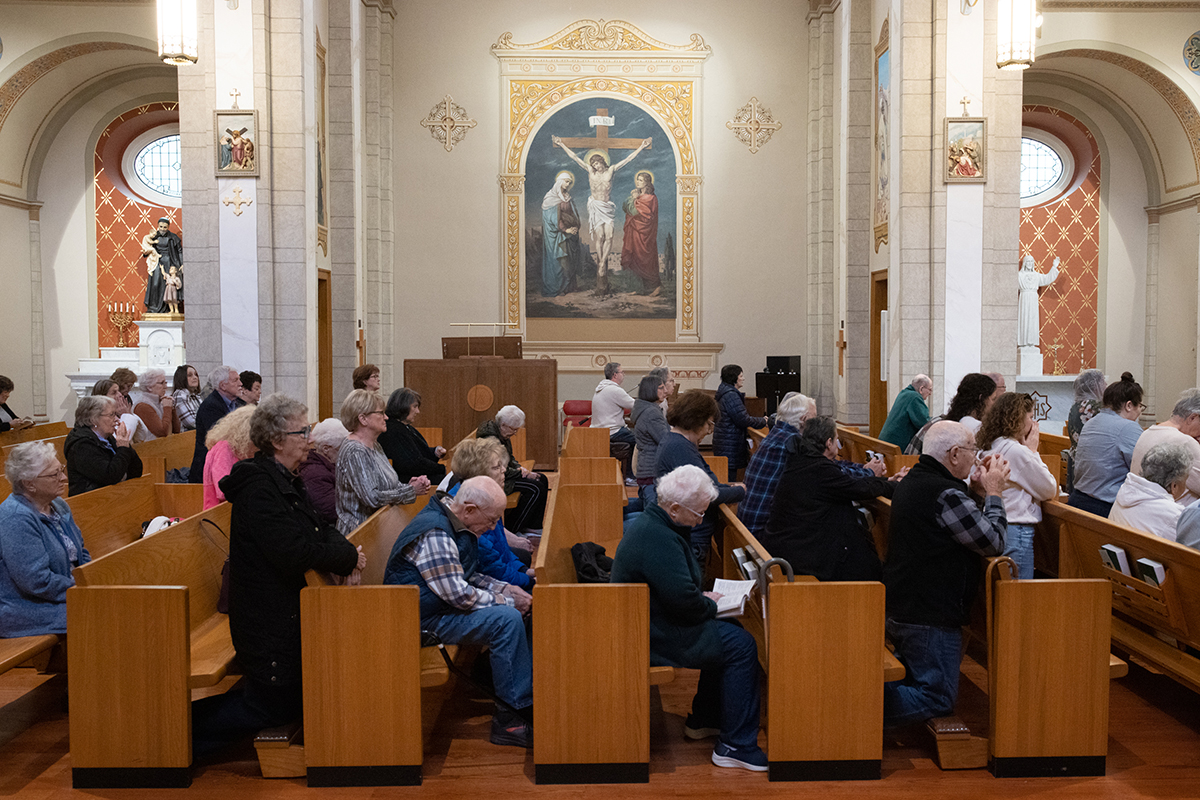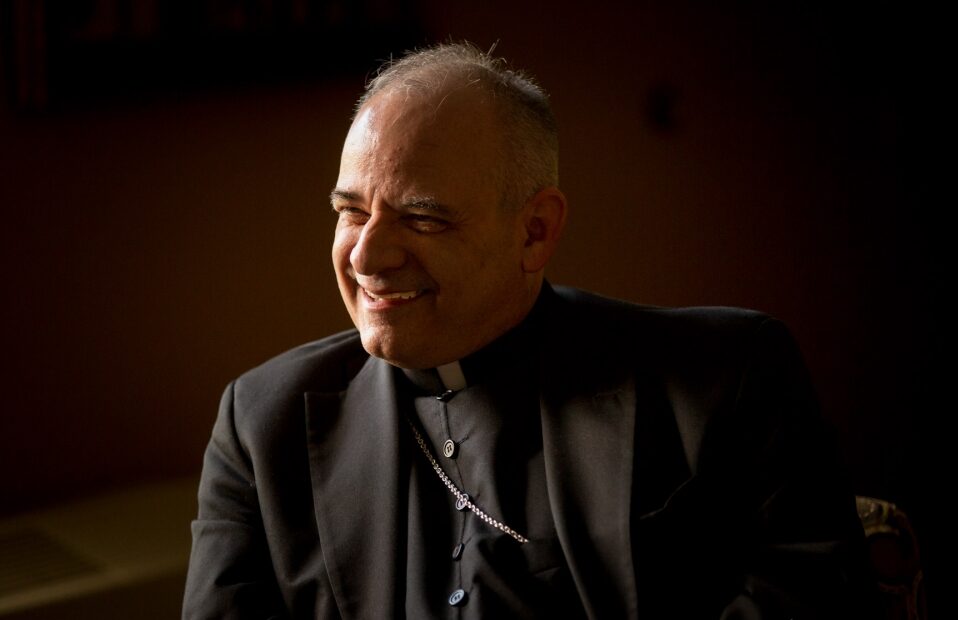Local food pantries concerned about federal funding cuts
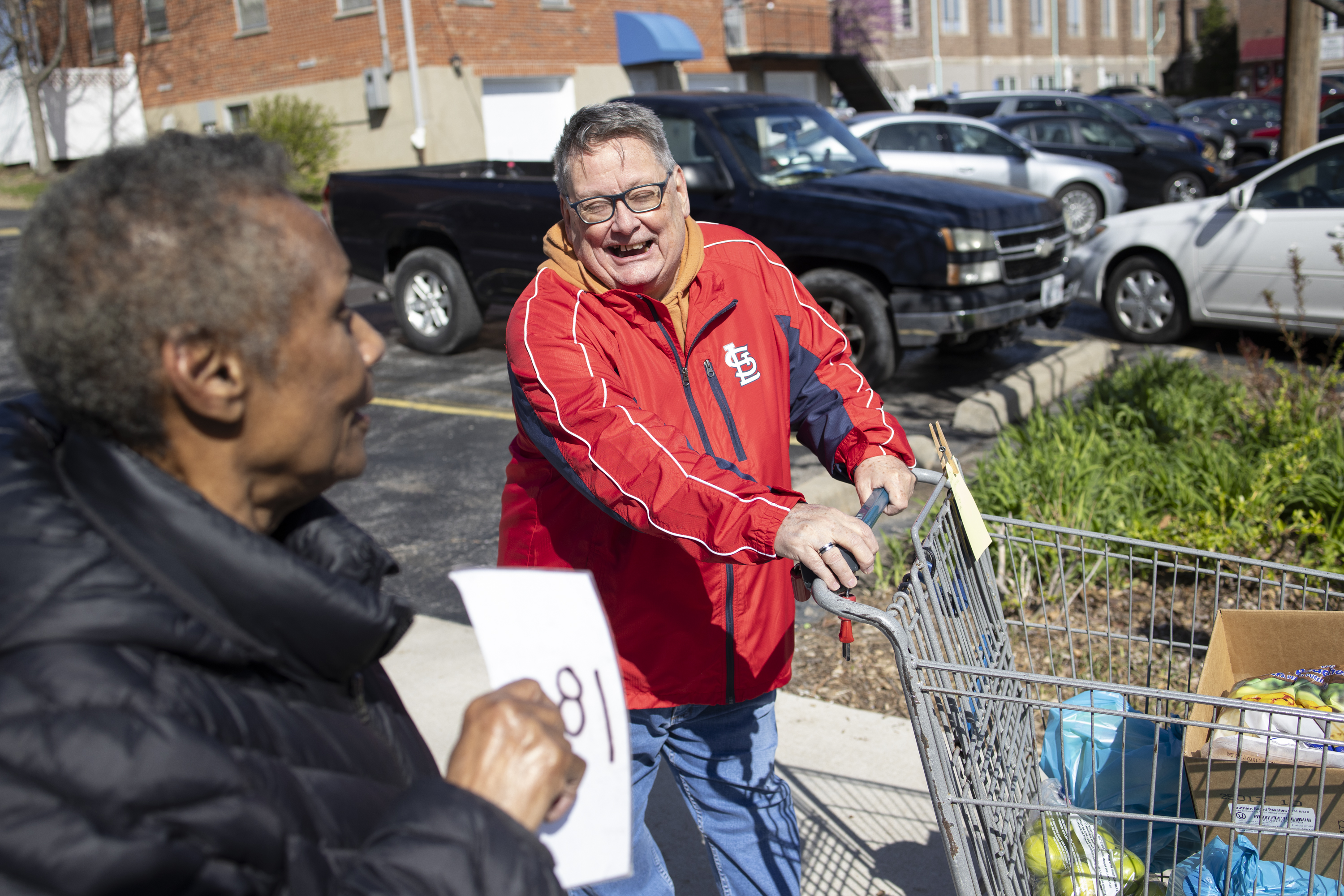
St. Vincent de Paul pantries describe meeting the needs as fitting together pieces of a puzzle
Every Tuesday morning, the St. Vincent de Paul food pantry at Blessed Teresa of Calcutta in Ferguson serves a community in need.
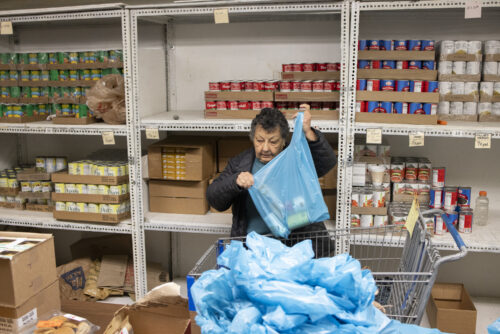
Last month, the pantry served 239 households, a number that has increased in the last couple of years. Carolyn Randazzo, who manages the pantry on Elizabeth Avenue, said that sourcing food is like putting together pieces of a puzzle, including food banks, grocery stores and individual donations.
Randazzo is among several food pantry coordinators who have expressed their concern about the potential impact of recently announced federal funding cuts to food banks and other programs that get food into the hands of those who need it the most.

“We’re going to keep feeding people as long as we have food to give them,” Randazzo said. “We know that God has all these pantries and is taking care of all of them. We might be out of something and then a day or two later, here’s a cart full of whatever it is. We see that all the time.”
About $1.5 billion in cuts are expected through the U.S. Department of Agriculture, including elimination of several programs that help local farmers, schools and food banks such as the Emergency Food Assistance Program, the Local Food Purchase Assistance Cooperative Agreement Program and the Local Food for Schools Cooperative Agreement Program.
The Elizabeth Avenue pantry receives monthly donations through the Emergency Food Assistance Program via the St. Louis Area Foodbank. The pantry typically receives about 15,000 pounds of food each month from the food bank, but the most recent invoice for an order to be picked up in April was for 9,000 pounds. There are several factors to be considered in the monthly food allotment, but “seeing that big of a drop, I have to wonder,” Randazzo said.
St. Vincent de Paul national president John Berry said in a statement that while the federal administration has the authority to address wasteful government spending, the elimination of these programs will “create a massive gap that nonprofit organizations on the front lines of the nation’s food insecurity crisis cannot possibly fill.”
“Some may argue that these programs, initially launched in response to the pandemic, are no longer necessary,” he said. “However, food insecurity has not recovered from the economic shocks of 2020-21 and the ongoing impacts of inflation on working American families.”
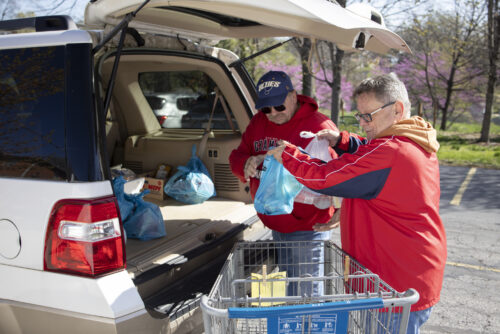
The St. Louis Area Foodbank provides food to about 600 food pantries in the area, including some parish-based St. Vincent de Paul food pantries. The food bank is monitoring the situation to understand and respond to the potential impact of federal funding cuts to these programs, president and CEO Meredith Knopp said in a March blog post.
“While we do not know what the future holds, we are already beginning to experience the repercussions of these funding changes and are actively working on ways to continue to provide food and resources for our community,” she said.
“Additionally, our network of nearly 600 partner food pantries and our mobile distributions are preparing for a surge in demand,” Knopp said. “Job losses across our region are causing stress and strain and could potentially push more individuals and families into food insecurity. Simply put, job losses translate into longer lines and greater need at a time when our resources are also being depleted.”
The St. Vincent de Paul food pantry at St. James Parish in Potosi receives items from the St. Louis Area Foodbank through the Emergency Food Assistance Program for its monthly distribution to about 130 families, said Becky Howell, who helps coordinate the pantry.
“It’s a kind of a wait and see, but it’s causing a lot of anxiety on a lot of levels, as groceries continue to soar and people have fewer options to get food from pantries,” Howell said. “It will definitely magnify the misery.”
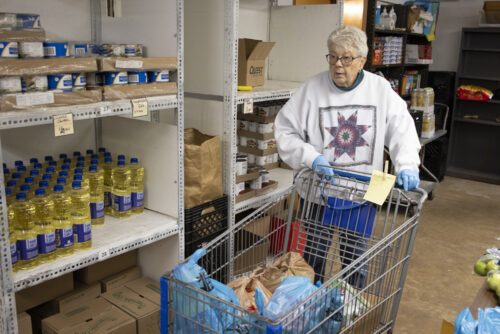
The USDA cuts also include about $421 million from the Local Food Purchase Assistance Program, which partners with local farmers to grow and distribute fresh and nutritious foods. The USDA said that it was unfreezing funds for existing agreements, but a new round of funding for fiscal year 2025 is not expected.
Howell said she worries how the cuts will impact farmers. Farmers in six counties including Washington County participate in LFPA program through the Jefferson County Community Partnership. The St. Louis Area Foodbank participates in a LFPA program with Illinois farmers.
Howell recently spoke to a farmer in Jefferson County who learned there will be enough funding through July, but it’s unknown what would happen after that. “It’s not cut off yet, but it’s circling the drain,” Howell said. “This helps the local farmers trying to produce good foods to sell at a reasonable price and disperse to people who may not have access to local produce.”
In fiscal year 2024, the Society of St. Vincent de Paul’s Archdiocesan Council of St. Louis provided almost $5.37 million in purchased and in-kind food through food pantries, vouchers and other help. In the archdiocese, there are 30 conference-based food pantries, with additional food closets at parishes.
Julie Komanetsky, director of Vincentian Services, said the lack of uncertainty for food pantries creates a feeling of loss of control. The society’s executive director John Foppe often uses a saying that “the opposite of faith is control,” she said, “but we have to trust that things will work out.”
“We always say that we’re doing God’s work and at the end of the day, if we trust in what St. Vincent de Paul told us, which is to abandon ourselves to providence and not get ahead of it, then hopefully at the end of the day, our pantries will have what they need,” she said.
On days they’re not distributing food, Vincentian volunteers are out picking up donations of day-old bagels and bread and produce and meat nearing expiration, and negotiating with local grocery stores for discounted prices on fresh foods. Pantry coordinators often describe it as putting together pieces of a puzzle to meet the needs of the people they serve.
“For a pantry being open one day a month, they’re working more than one day a month to get help for folks who come to that pantry,” Komanetsky said.




